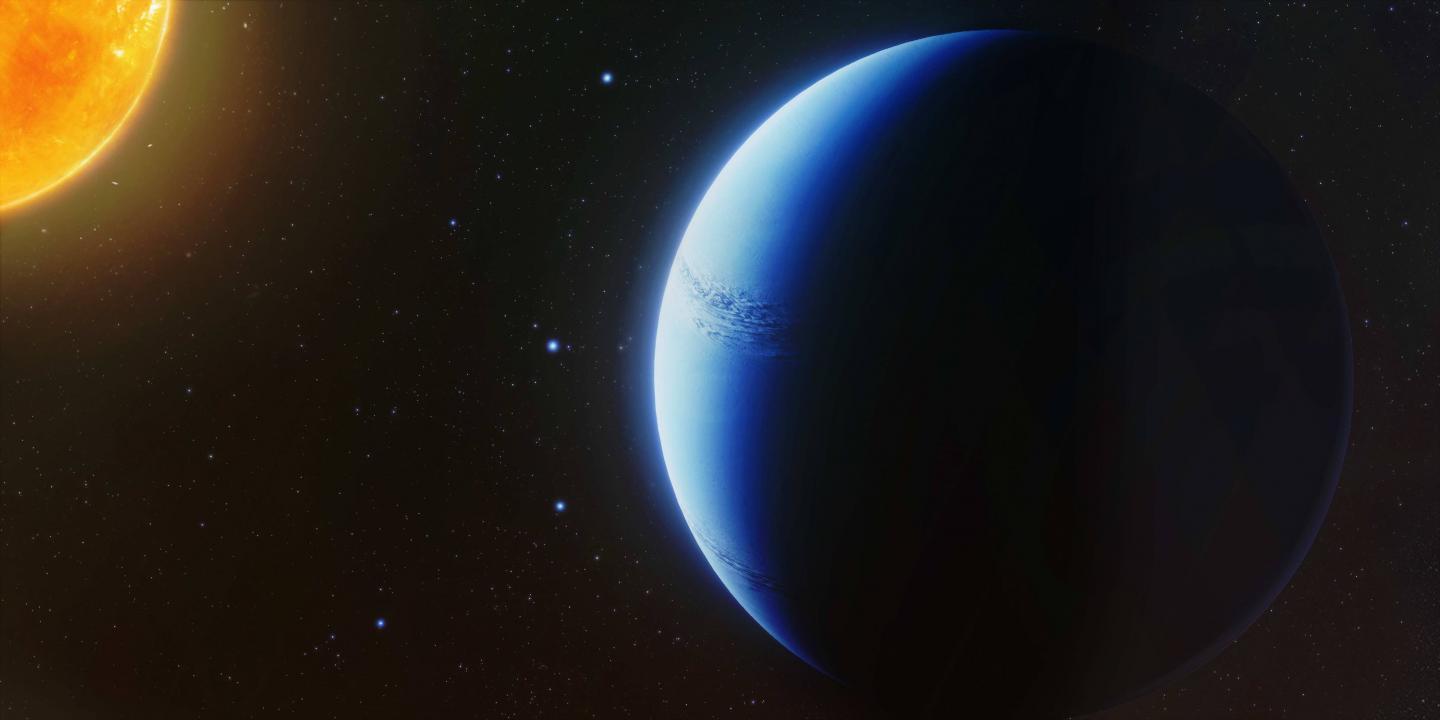A Cloudless Exoplanet Has Just Been Discovered by Astronomers

Astronomers have just discovered that the exoplanet WASP-96b has no clouds. How did they reach this conclusion? They used sodium to find it. Here on Earth, we use it to make food salty or to make light, but astronomers found another way to use it in their studies.
WASP-96b Has No Clouds
Searching for the spectral signature of sodium while looking at WASP-96b, astronomers realized that this exoplanet cannot hold clouds.
WASP-96b has a similar mass to Saturn. It’s a hot gas giant, 20% bigger than our largest planet in the solar system (Jupiter). The exoplanet transits a star, 980 light years away, in the Phoenix constellation.
Using the Very Large Telescope in Chile, the team of astronomers looked at WASP-96b’s spectrum. The spectrum shows scientists the spectral fingerprints produced by molecules and atoms in the atmosphere of a planet. When looking at WASP-96b, they saw the complete fingerprint for sodium, meaning that the planet has no clouds.
Nikolay Nikolov is the study author and an astronomer (University of Exeter, U.K.) and he explains the discovery:
“We’ve been looking at more than twenty exoplanet transit spectra. WASP-96b is the only exoplanet that appears to be entirely cloud-free and shows such a clear sodium signature, making the planet a benchmark for characterization.”
Finding More Molecules or Water on WASP-96b
Until now, astronomers have thought that hot gas giants like Saturn and WASP-96b have sodium in their atmosphere, and the spectral signature looks similar to a camping tent. Unlike other planets that have partial sodium spectra, this exoplanet has a full signature.
Ernst de Mooij (Dublin City University), co-author of this study said that they would continue with the research to find out more about the weird atmosphere:
“WASP-96b will also provide us with a unique opportunity to determine the abundances of other molecules, such as water, carbon monoxide and carbon dioxide with future observations”.
You can find this study published in the journal Nature.
0 comments